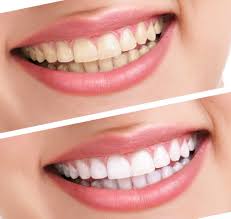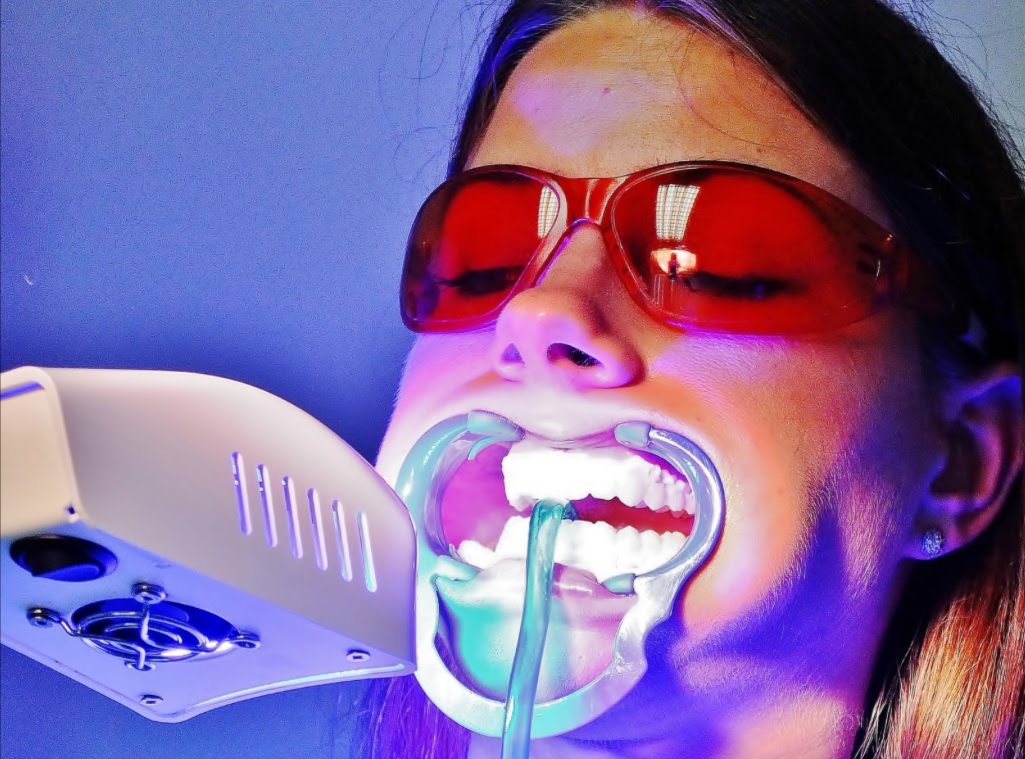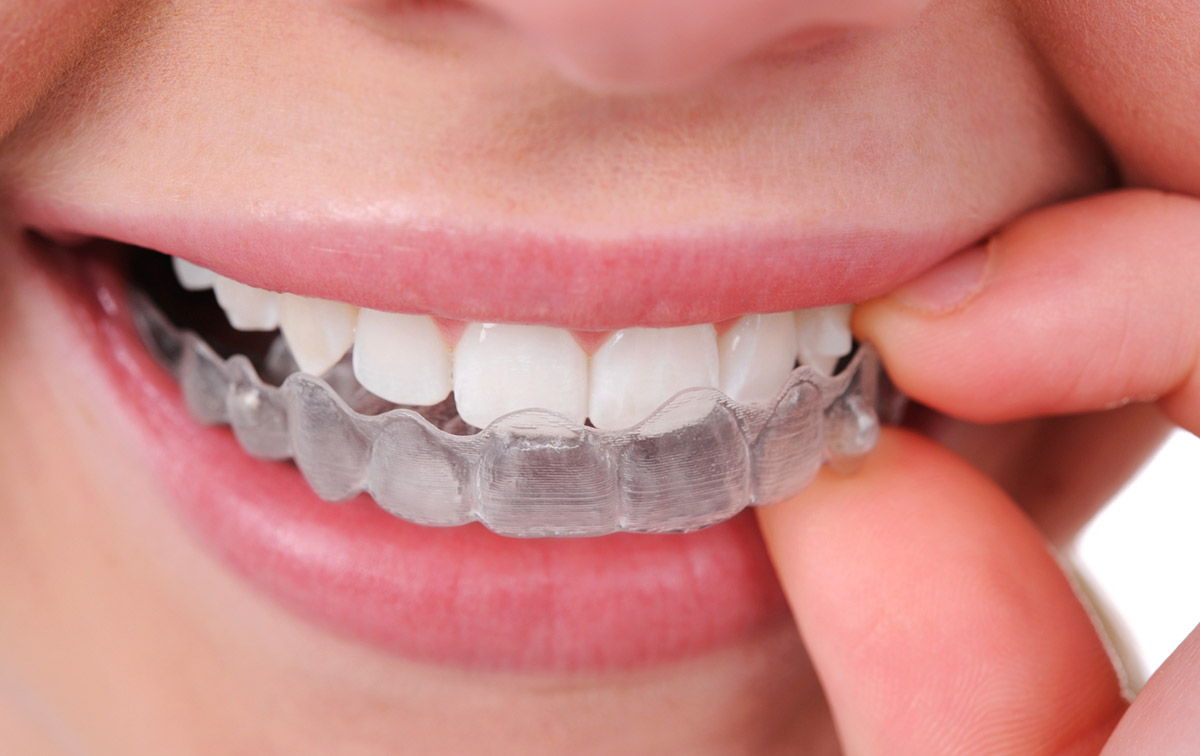Teeth whitening
A shining smile and healthy and well-kept teeth are decoration on our faces. The special beauty of the teeth is their whiteness which gradually disappears with age. There are more reasons for this. Consuming beverages such as coffee, red wine, smoking, some medication, inadequate devitalization (extraction of the dental nerve) causes the teeth to change the color.

By whitening, the teeth can be lightened for a few shades. Basically, a better effect is achieved with teeth in yellow shades than with blue and grey ones. The procedure is painless and does not damage the teeth.
Whitening is not recommended in teeth with large and unsuitable fillings and damaged enamel, in periodontal diseases, hypersensitive teeth, during pregnancy and breastfeeding, in young teeth because of a large pulp chamber (children under 16 years of age), allergies to the ingredients of the material.
The basis for whitening materials consists of oxidizing agents: hydrogen peroxide, carbamide peroxide, and sodium perborate. The whitening process is based on active oxygen that penetrates into the tooth structure and dissolves the pigment by the oxidation process, thus changing the tooth color to a lighter one.

Whitening in the dental office
A few days before the treatment it is necessary to have a tooth examination, to clean the dental tartar and to sandblast the teeth to remove surface pigments from food and drink.
Before applying the whitening agent, it is necessary to protect the gums and the dental necks with a special gel. Then a tooth whitening agent has applied to the teeth the effect of which is intensified by UV lamp or laser. The treatment takes about an hour.
The whitening results can be seen immediately, but it takes a few days for the dye to stabilize and the final results to be visible. After that, it will be necessary to replace the existing fillings which were matched with the tooth color before whitening. Within 48 hours, a temporary hypersensitivity to cold is possible.

Whitening at home
The procedure also takes place under the supervision of a doctor of dental medicine. Individual splints are made for each patient. With the splints, the patient is given a whitening agent in lower concentrations, which is more appropriate for too sensitive teeth, and the instructions for use. The patient comes to inspections by appointment and treatment lasts for several weeks.
Whitening of a devitalized tooth
Sometimes, after removing the dental nerve, it may happen that the teeth become darker and thus affect a regular tooth row. In such a case, internal whitening is done. A whitening agent is applied and a temporary filling is placed inside the dental chamber. After a few days, the agent is changed and the procedure is repeated until reaching the desired result.
With special care, whitening results can last for several years but largely depend on the quality of oral hygiene and nutritional habits, so, coffee, tea, and black wine, foods that contain acid and pigment like balsamic vinegar and smoking should be avoided.
If you are interested in whitening, it is best to contact your dental practitioner and undergo treatment under his professional supervision. All other ways pose a risk to your teeth.
Be proud of your smile!
"Health is the most valuable thing you have in life!"
Arrange your appointment today.
